
I'm sorry to say "suck". It's not a nice word and my mother raised me better than that, but the fact is it's true. Bad meetings can suck the life out of you.
In Meeting Zoology we looked at how personalities can turn a meeting into a mess. In An Evaluation Quickie we showed a really quick solution to improvement. But let's dive deep into what a bad meeting looks like. Here's a recipe I came up with for horrible meetings:
Horrible Meeting Pie (Serves 8-12)
Ingredients:
- 1 Executive who feels like they don't need to listen because they already know the answer
- 1-2 Dominators who want what they want and don't care about the group
- 2-3 Extroverts who actually like meeting politics and like to "play the game"
- 2-3 Specialists who just need the group to approve their project so they can get back to work
- 2-3 Quiet facilitator types who would like to achieve consensus
Instructions:
- Do not send out an agenda.
- Have the highest ranking individual arrive 20 minutes late
- Repeat the first 20 minutes of discussion for them
- Mix all personalities in a bowl until shaken
- Let the dominators and executive argue back and forth for 30 minutes
- With 10 minutes left let the exasperated specialists interrupt and demand that their project be accepted.
- At 60 minutes, have half of the executives leave without deciding anything
I'm getting the willies just writing that. The good news is that IT DOESN'T NEED TO BE THAT BAD. Let's look at an alternative.
1) Collect Alternatives
First, we send out a collaborative document before the meeting to discuss priorities. That can look something like this:

The important thing is to let everyone speak their mind by adding what THEY think is most important.
2) Prioritize
Second, let everyone rank the choices in priority order (in a quiet room by themselves). Doing this forces everyone to make compromises, which creates empathy for the group. This can look like this:

3) Compare
Once everyone has voted, it's time to make a real agenda for the meeting. We can do this by comparing the results.

Ah, OK it looks like we don't even need to discuss the mission statement. And frankly in a 1 hour meeting we should probably make sure we stay on the "HR issue" and the search for the provost.
4) Outliers
But is that the entire story? Not exactly. When we compare the individual responses we can see that Stephen has a very different priority from the rest of the group. That doesn't mean we need to spend the entire meeting on it. But the meeting facilitator should make sure to take that up directly with Stephen.

Will using a tool like this solve every issue with your meeting? No, it surely won't. But by focusing the meeting on a single issue and having this data to understand the landscape of opinions you'll have an opportunity to use the precious face-to-face time to deal with the real issues.








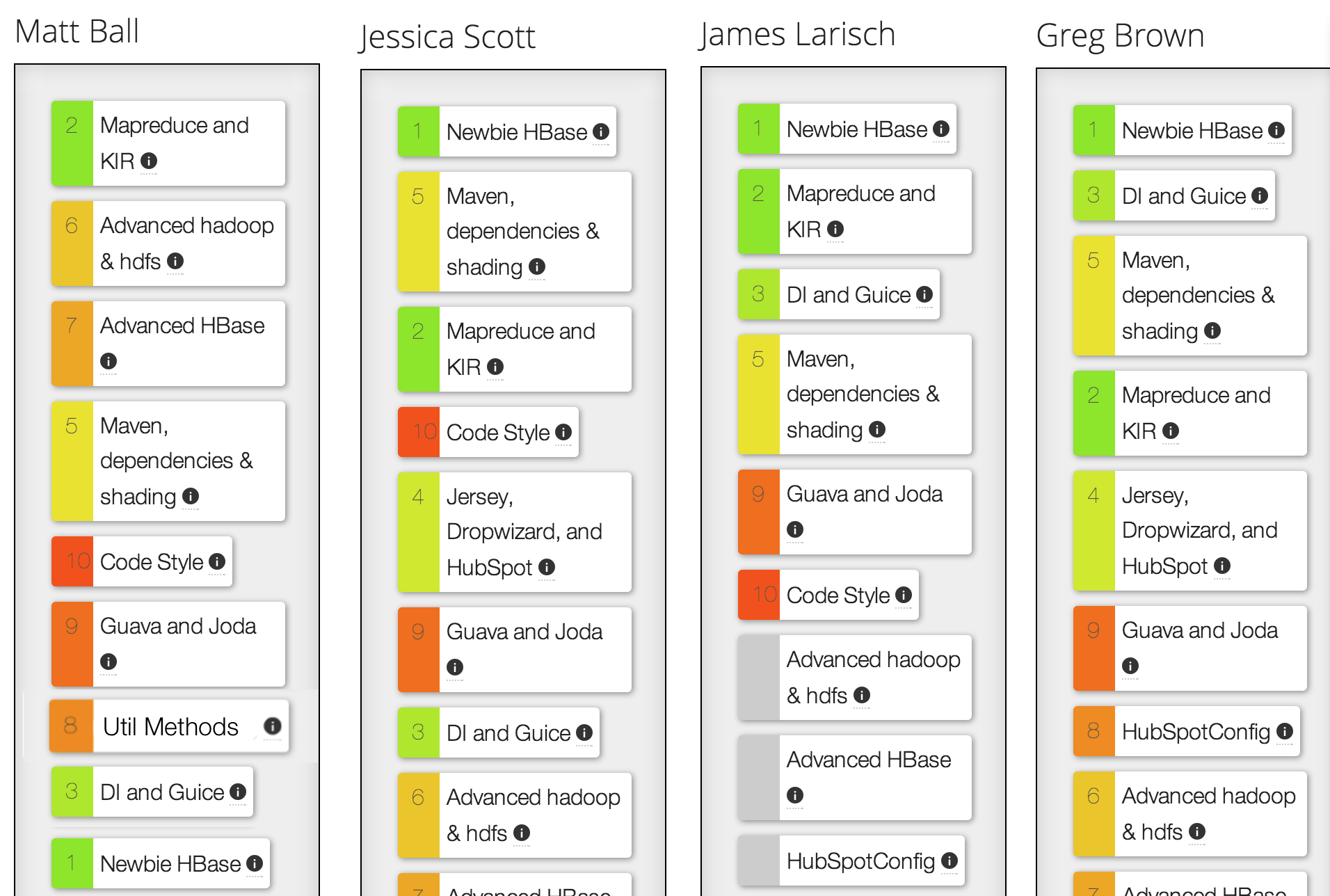

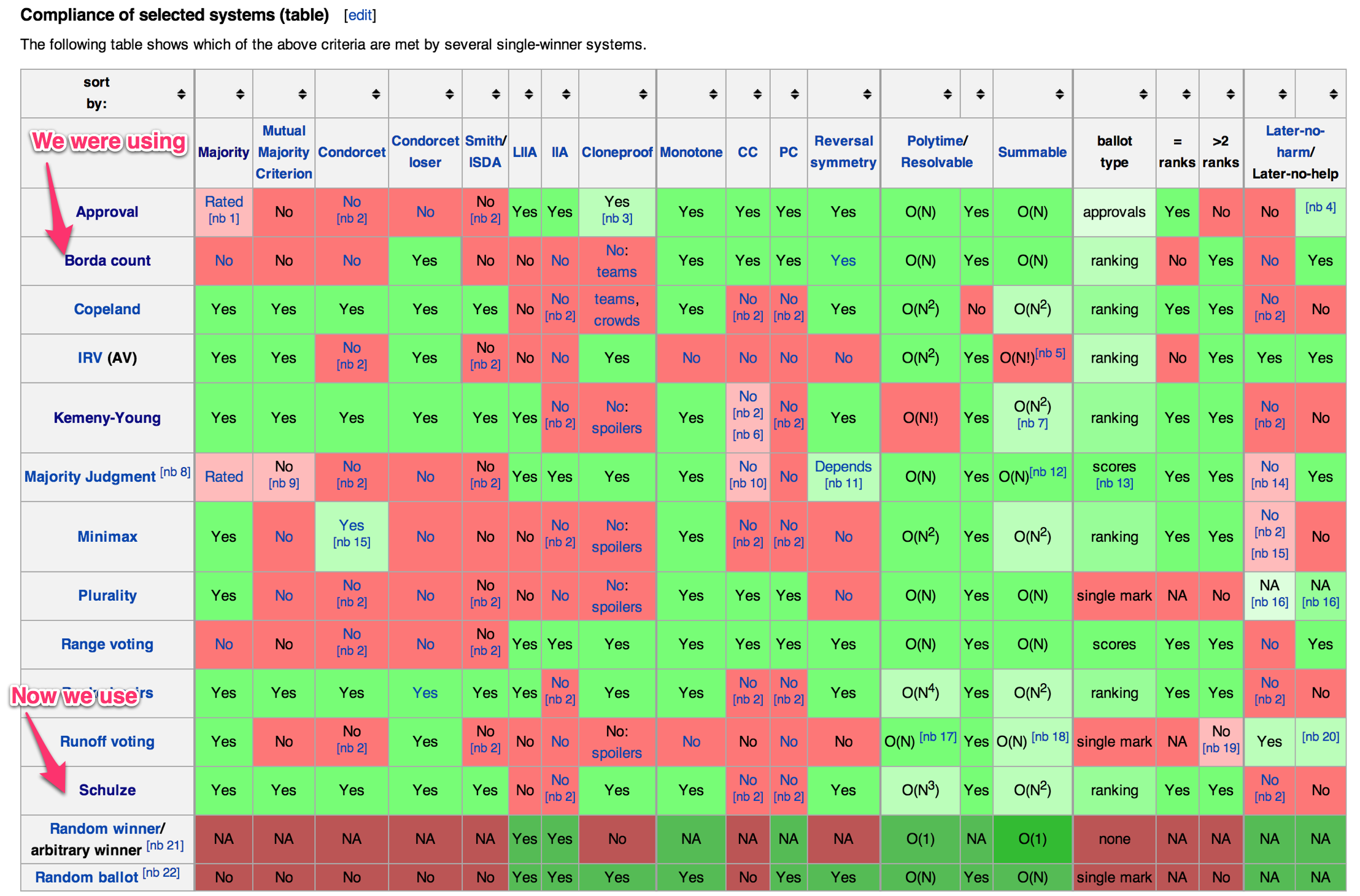





 MakeItRational
MakeItRational


 TransparentChoice
TransparentChoice

 Decision Buddy
Decision Buddy SuperDecisions
SuperDecisions
 D-Sight
D-Sight



 ForceRank
ForceRank







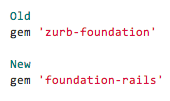
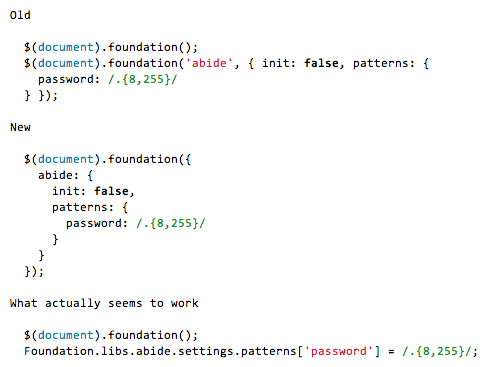




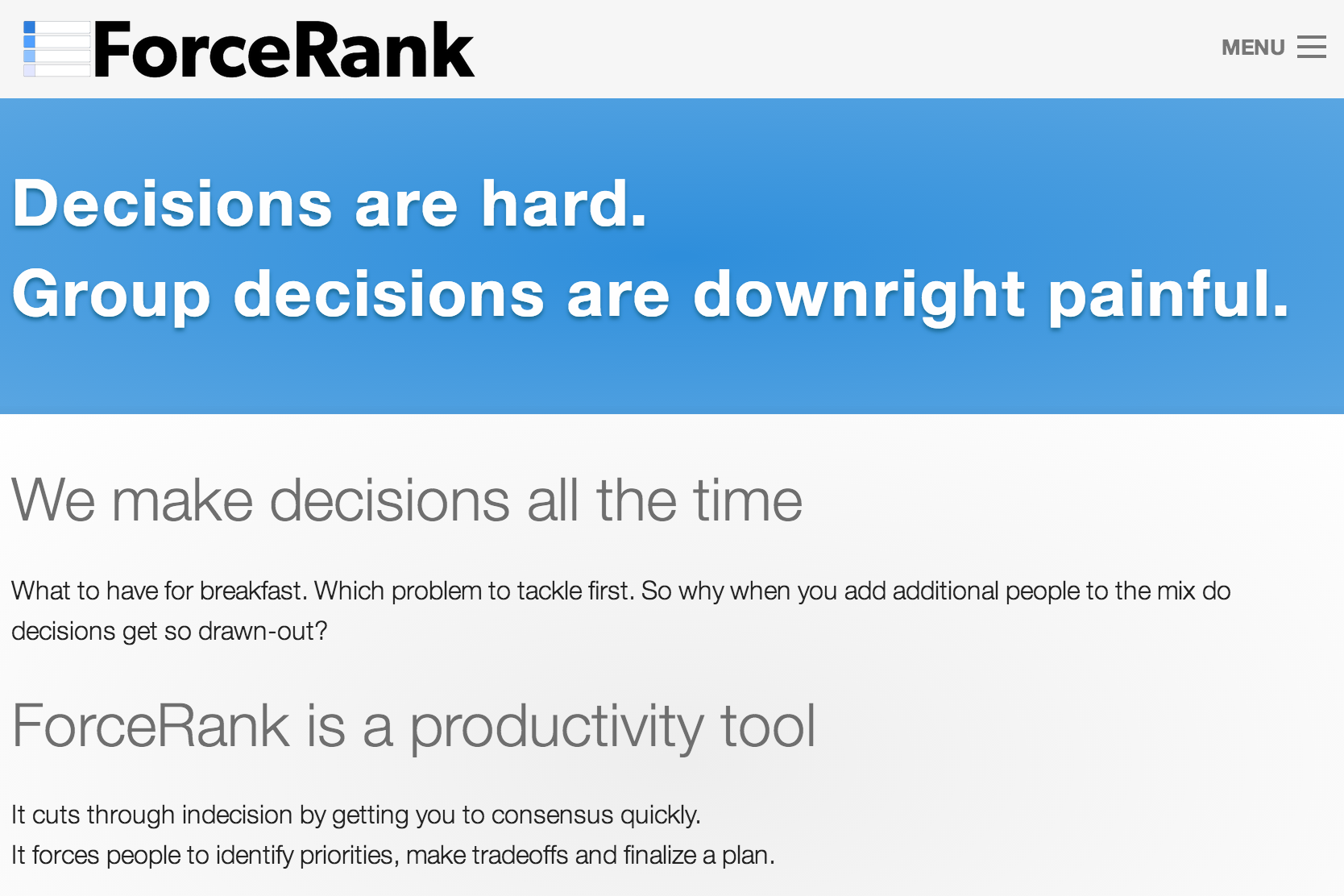
 What do you think?
What do you think?

